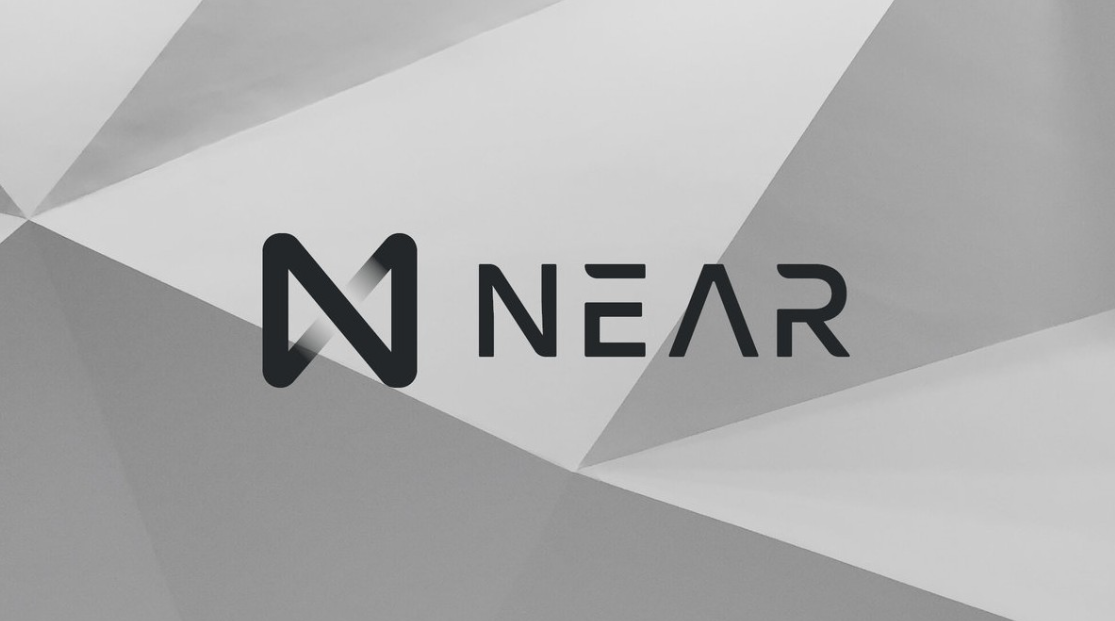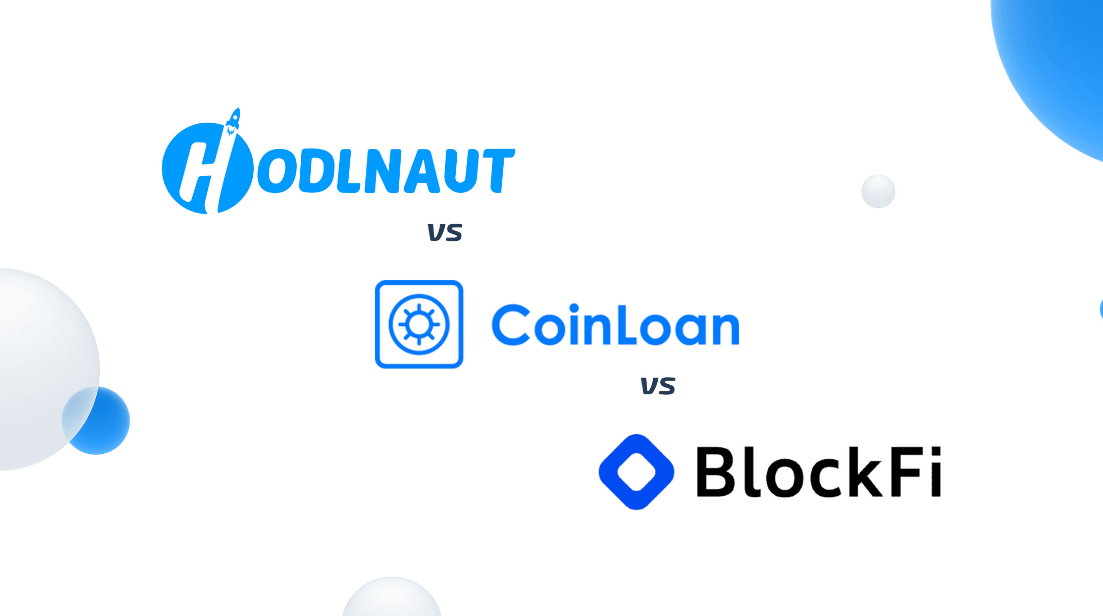What is Near Protocol? If you’re curious about blockchains and cryptocurrencies, you may be interested in the NEAR Protocol. The protocol combines decentralized data storage and serverless computing to allow developers to build decentralized applications. The protocol is built on a proof-of-stake consensus mechanism and is very developer-friendly. However, before you get started, it’s important to understand the technology.
NEAR Protocol is a blockchain
The NEAR Protocol is a blockchain based on the Proof-of-Stake algorithm. This is a consensus mechanism that enables the NEAR network to scale horizontally and across many servers. It also features a Nightshade algorithm that enables transactions to scale infinitely. Using this algorithm, the NEAR network is unique from other coins, as it can be sharded and scaled without losing its security.
The NEAR protocol is supported on several platforms and exchanges. Developers can build applications on the platform with the SDKs provided by NEAR. The NEAR Explorer is an application that searches the NEAR blockchain. Users can also create and manage their own apps, pay fees, and manage them.
As a blockchain, NEAR uses a decentralized ecosystem, which means it requires multiple actors to keep it safe. These actors are known as validators and delegators. These actors help secure the network and produce blocks. They also contribute to the advancement of the network, and get rewarded for their services. Each validator earns a proportion of the NEAR token supply, which is proportional to their contribution to the network.
With these features, NEAR Protocol is a decentralized platform with smart-contract capabilities. This technology enables developers to build DeFi ecosystems and decentralize businesses and applications. It is compatible with the Ethereum network. The NEAR ecosystem is growing and is home to numerous financial application protocols.
NEAR Protocol is a blockchain that uses a proof-of-stake (PoS) consensus mechanism. To become a transaction validator, nodes must stake NEAR tokens. They can also delegate their stake to other validators of their choice. The NEAR platform uses an auction system to select validators, and validators with the largest stakes are given the most influence in the consensus process.
It uses a Proof-of-Stake mechanism to reach consensus
The Near Protocol is a decentralized cloud computing platform that uses a Proof-of-Stake (PoS) mechanism to reach consensus. This mechanism allows for sharding of the network, a practice that helps reduce the computational load on the network and improves throughput. Near Protocol uses a Proof-of-stake (PoS) mechanism, which means that nodes interested in validating a transaction stake NEAR tokens. These tokens are then delegated to a validator.
NEAR smart contracts earn 30% of the fees paid to interact with them. These funds can be allocated as needed, enabling decentralized autonomous organizations to operate more fluidly. The percentage of fees that are allocated is a system-level parameter that can be altered by governing bodies.
In addition to Proof-of-Stake, the Near Protocol uses an election mechanism. To be a validator, a token holder must stake a certain amount of NEAR tokens. This enables them to participate in the validation of new blocks containing legitimate transactions and gain rewards of more tokens. However, as the network grows and more validators are added to the network, this can prove difficult to manage.
The Near Protocol team consists of experienced researchers and developers who are experienced in various areas. Based in San Francisco, the team is backed by investors in both traditional and cryptocurrency markets. The team aims to make the Near Protocol network as scalable and efficient as possible. The team plans to use sharding to distribute the workload across many nodes. Further, the network will be able to process several transactions at once.
Proof-of-Stake makes it difficult to attack a network. An attacker would need to have more than 50% of the coins or control more than half of the network’s validators. However, Proof-of-Stake has many benefits. This system reduces the possibility of centralization by reducing the number of validators that exceed a threshold of coins. This also helps spread the stake across more validators and improves decentralization.
It facilitates peer-to-peer payments
The NEAR Protocol is a decentralized system that enables peer-to-peer payments by using a native token called NEAR. This token can be used to pay for transactions, computations, and storage. The system is built around a network of computers that runs software to keep the NEAR blockchain secure.
The NEAR Protocol facilitates peer-to-peer payment networks by rewarding validators for security and network capacity, and it also incentivizes developers to create decentralized applications. It uses a sharded blockchain to distribute network infrastructure so that each computer can process a portion of network transactions. This method increases the network’s capacity, allowing for more transactions to be processed per second.
The NEAR Protocol uses sharding technology and Thresholded PoS consensus to maximize decentralization. The protocol utilizes the Ethereum Virtual Machine and Nightshade sharding technology. It also employs multiple validator roles. Its main goal is to increase the number of transactions per second and improve overall speed.
It has a developer-friendly platform
The NEAR Protocol has a developer-friendly platform, allowing users to create and publish decentralized applications (dapps) quickly and easily. Developers can easily integrate extensive rights and signing capabilities into their apps. Developers can also take advantage of tools that make app creation easy, including its decentralized exchange.
The NEAR protocol features a built-in programming language called Move. This language is designed for developers to write smart contracts, which are the building blocks of dapps. The language is Turing complete and statically typed. The language is easy to learn and use, and can be used to write any type of dapp. Once written, contracts can be deployed to the network, and anyone with a developer account can view and interact with them.
NEAR offers an open membership policy, which means that anyone can contribute to the development of the network. One of its most important mechanisms is sharding, which allows computations to be shared across multiple nodes, resulting in increased throughput. Unlike Bitcoin, the NEAR network can process transactions in parallel, which means that it can process much more transactions per second. This means that NEAR is much faster than Bitcoin, which requires each node to store the entire history of a transaction and to validate it. During high-volume periods, this can clog the entire network.
NEAR’s developer-friendly platform is built to simplify the development process, allowing developers to build next-generation apps more efficiently. The platform’s contract-based account model allows developers to create new and more diverse applications and services. The developers can access contract-level delegation, sign transactions on behalf of their users, and execute agreements without the presence of the user.
It has a growing ecosystem
The NEAR protocol uses a distributed network of validators to ensure security and prevent data loss and tampering. This decentralized architecture eliminates the inefficiencies associated with centralized platforms and maximizes the benefits for developers and users. The NEAR protocol also promotes wider adoption by encouraging developers to create open-source software and decentralized applications. Additionally, it enables users to maintain ownership of data.
Near Protocol is a fast and scalable blockchain that allows the network to adjust based on user demand. As a result, it is more cost-efficient for users. The development process is easy for developers, and the NEAR coin is well-positioned to support the development of many useful DApps in the future.
The NEAR protocol is a proof-of-stake (PoS) blockchain that enables developers to build decentralized applications on top of its network. It supports many popular programming languages and offers blockchain-based cloud storage for data security. In addition, the platform also offers robust development tools for developers. Near has been built to be user-friendly, which is important for end users.
The NEAR ecosystem is constantly expanding. In addition to Defi, NFT arrays, games, collectibles, and infrastructure to expand the ecosystem are also part of the NEAR ecosystem. The Octopus app chain is also part of this ecosystem. These are just a few of the many exciting developments in the NEAR ecosystem.
NEAR Protocol uses a dynamic sharding model to scale its network. This allows it to scale up and down depending on usage. It also supports private shards, which allow enterprises to spin up their own mini blockchain. It also uses thresholded proof-of-stake, where validators stake tokens to ensure the validity of transactions. This allows NEAR to achieve transaction fees that are up to 10,000 times cheaper than Ethereum.



